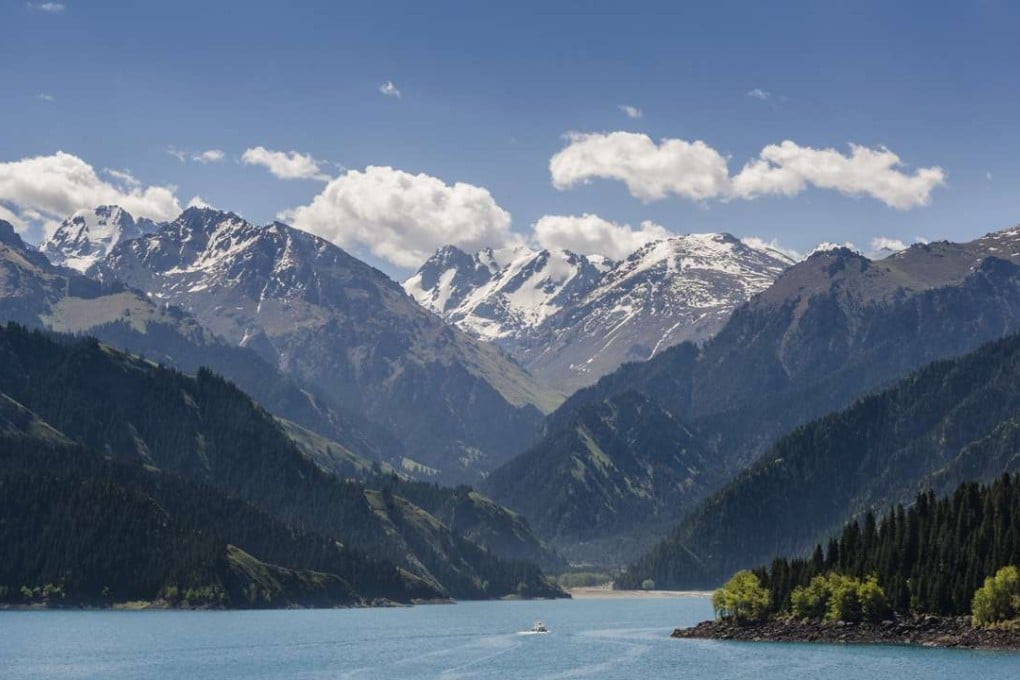How climate change in Central Asia is threatening to spark regional conflict
Lower water supplies, caused by rising temperatures, is increasing risk of political tensions, Chinese researchers warn

Competition for dwindling water supplies from a mountain range in Central Asia could erupt into regional conflict, Chinese researchers have warned.
Global warming and retreating glaciers in the Tianshan range – the “water tower” of the region – have raised the spectre of water shortages that will affect “the relationship between countries in Central Asia,” the researchers warned in a report on the Chinese Academy of Sciences’ website.
Central Asia is a dry, landlocked hinterland and Tianshan is the tallest and biggest mountain range in the region. About 2,500km long and up to 350km wide, the range winds through numerous countries including Uzbekistan, Kyrgyzstan, Kazakhstan and the Xinjiang region in China.
Its seasonal snowmelt contributes most of the water for the majority of rivers in Central Asia.
But over the past decade, the range has been losing its “total water storage” at a rate of about 223 million cubic metres per year, according to the research led by Professor Chen Yaning from the academy’s Xinjiang Institute of Ecology and Geography in Urumqi.